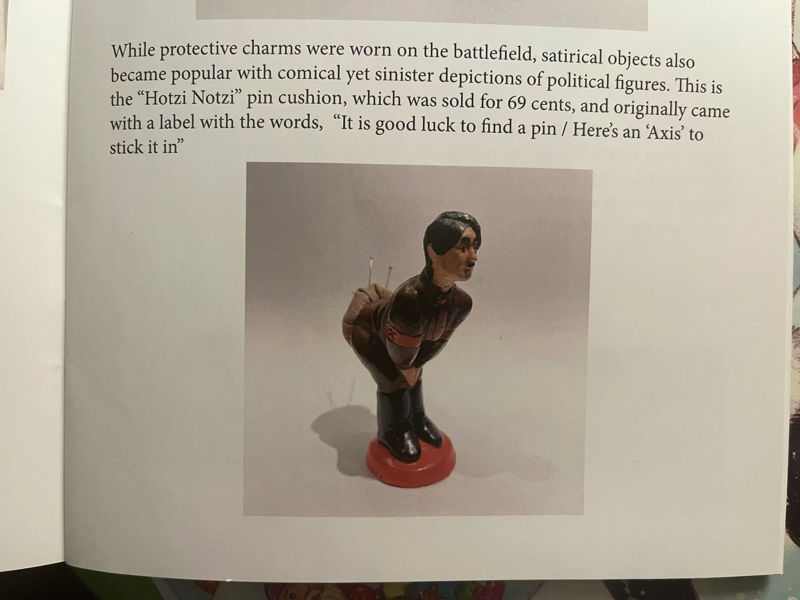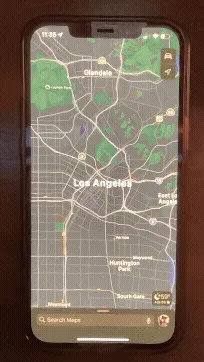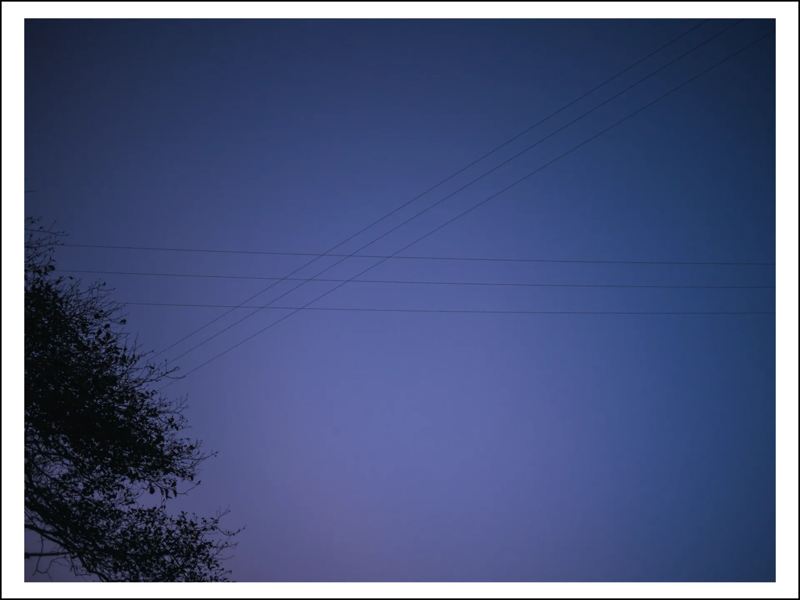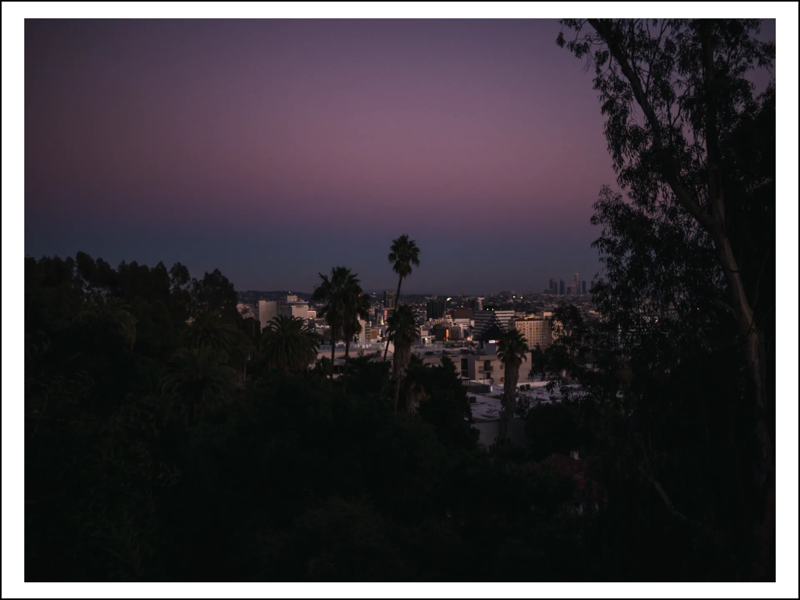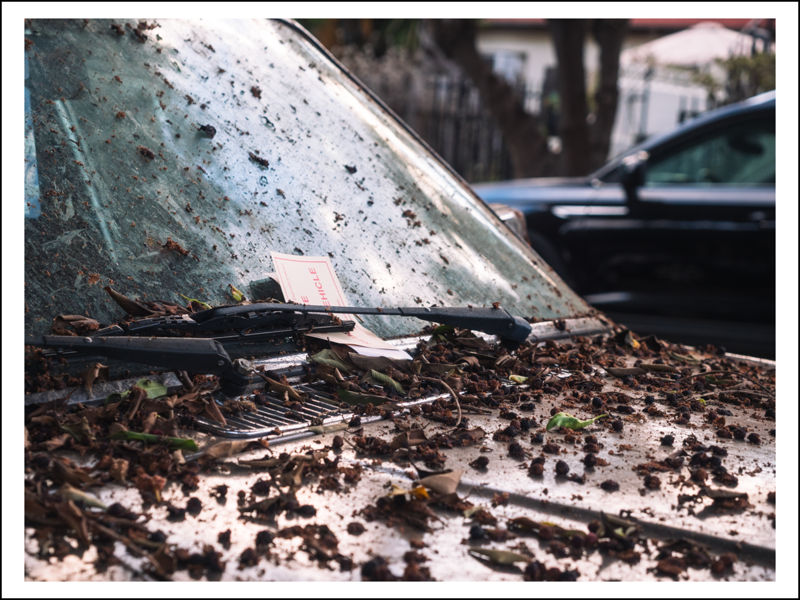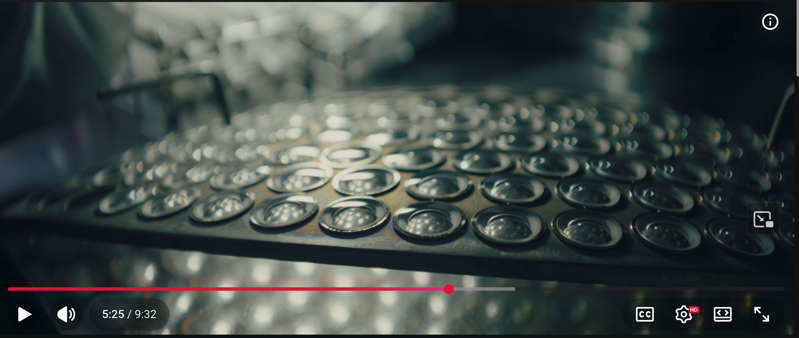Fascinating article on an upswing in interest in Orthodox Christianity in the New York Times: “Orthodox Church Pews Are Overflowing With Converts.” And also—as with so many pieces in the Times—it’s really rather strangely edited.
As someone who has been drawn to the more mystical edges of this faith tradition (icon worship, the Jesus Prayer), I wanted to be excited about this. I mean, come on, give me more about the iconostasis! So it first struck me as weird how the article keeps bringing up how Orthodoxy is more “masculine” than Catholicism or Protestantism. Under a photograph of a 20-year-old convert with a pretty face, braces, and perfect eyebrows there is the caption, “’Protestant and Catholic churches have a very feminine atmosphere,’ said Josh Elkins, center.” Then, a little later, this graf:
Some converts report approvingly that Orthodoxy has a more masculine feel than other traditions. Priests, who must be male and can marry, often have large beards and big families. Orthodoxy asks practitioners to make sacrifices like fasting, rather than offering them emotional contemporary music and therapeutic sermons, which critics describe as the typical evangelical megachurch experience.
Ah yes, fasting, something Catholicism never thought of. And what is this term, “emotional contemporary music”? The writer must mean Christian rock music? If the author’s sources stopped and thought for a second, they’d realize that the idea that Orthodox choral music is free of emotion—or even particularly straight-coded—is risible. Just check out this recording from a St. Petersburg church that I randomly ran into last week.
The praise for a “masculine” religion and the dissing of other faiths as not being hard enough is all hedged through this language of “some converts report approvingly…” and “which critics describe as…” It’s only in the final third of the article when the reporter finally gets to give up the act and tell us who these critics are: gleefully fascist, openly antisemitic, hyper-patriarchal YouTube influencers! (“Orthobros”)
Here’s the first stab at defining these guys, 1800 words in:
The online influencers that many young men credit with introducing them to Orthodoxy speak directly about politics and culture in a way that parish priests more often avoid. They tend to share an unbending social conservatism, with a particular interest in the “traditional family” and what they describe as the threats of feminism, homosexuality and transgender identities. They are also generally opposed to the state of Israel.
Then, 246 words later, they come further into focus:
In the South, there is a strain of neoconfederate Orthodoxy that marries white supremacy and Orthodox practice. Matthew Heimbach, who organized the notorious Unite the Right rally in Charlottesville, Va., in 2017, had been excommunicated from the Antiochian Orthodox church but joined another branch.
And finally, at the very end of the article, we get a portrait of a couple who are currently converting:
But the couple agreed that too many mainstream Protestant churches offered only shallow theology and “far-left” ideology. Ms. Fuentes’s former church had a female pastor, which she said she didn’t approve of, and she said she once saw a transgender woman, whom she described as a man, in the women’s bathroom there during a Christmas service.
“There’s just more validity in a church that can trace its lineage all the way back to the apostles,” Mr. Nolan said.
The couple said they were looking forward to raising an Orthodox family, one oriented around duty, truth and “objective beauty standards,” Mr. Nolan said. In their future home, they are planning a prayer area facing east.
Well, at least we got there. What a bummer.

